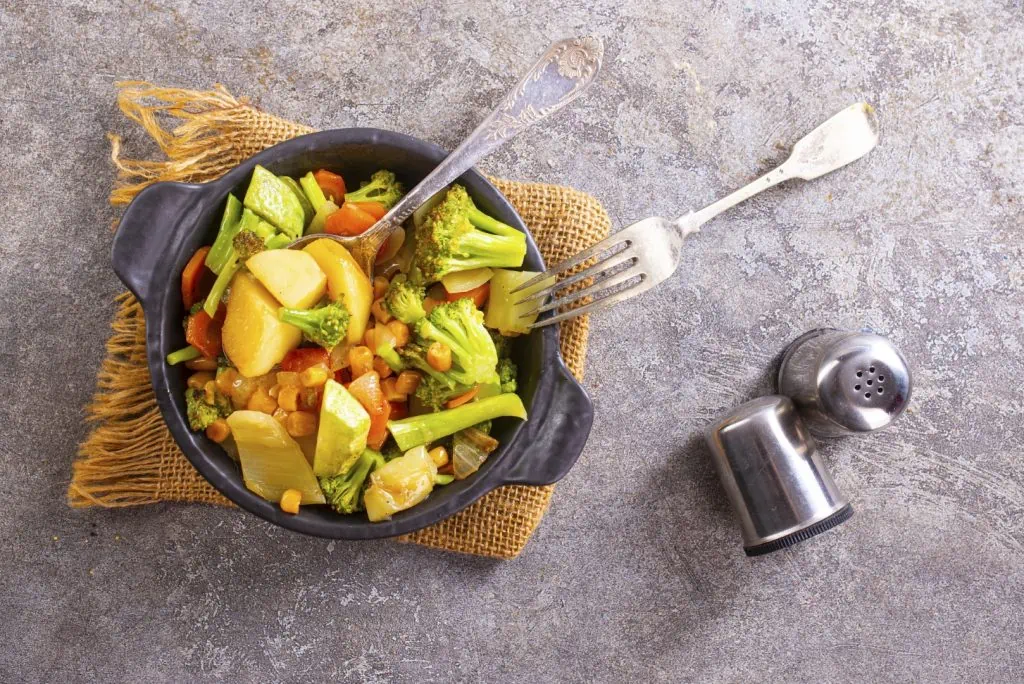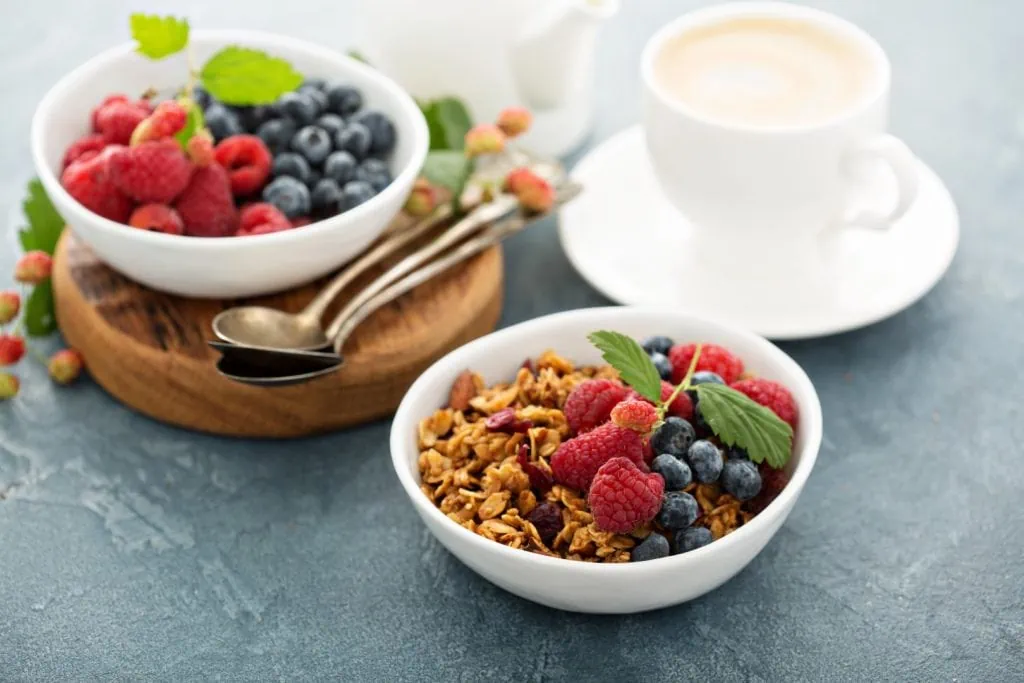If a doctor told you that you could eat all of the red meat, butter, cream, and cheese you wanted, sit around all day, and still lose weight as long as you cut out white bread, rice, and pasta, what would you think? You’d likely dismiss that doctor as off his or her rocker and go about your day, telling everyone you run into for the next week about how your healthcare professional is losing his or her mind and that he or she must’ve gotten their medical license at the bottom of a crackerjack box.
But here’s the thing – The more you start telling your friends, co-workers, and family about your quack doctor, the more you start hearing the stories about how so-and-so went on a similar diet and did, in fact lose weight.
There are a few different diets that adopt this theory. Still, this time, we’re specifically going to be talking about the Atkins diet – A diet that was made popular by Dr. Robert Atkins, a cardiologist who read an article, put the advice (which we’ll talk about soon) to use, and lost a bunch of weight himself, and then branded the advice into what eventually became one of the most popular diets in the world.
Of course, science and dieting have both come a long way since the seventies – We now understand that there are good fats and bad fats, good carbs and bad carbs; when it comes to certain foods, the good sometimes seriously outweighs the bad. The Atkins diet has had a few revamps over the years, the most recent of which is titled The New Atkins For A New You – This most recent version is definitely an improvement on the older ones, but is it a realistic diet for the average person?

How Does the Atkins Diet Work
he diet progresses through four phases: an initial strict low-carb Induction Phase, a Balancing Phase where more carbs are gradually reintroduced, a Pre-Maintenance Phase for finding a sustainable carb balance, and a Lifetime Maintenance Phase for long-term weight management. Through these phases, individuals aim to lose weight, find a sustainable carbohydrate balance, and maintain their weight loss long-term.
Phase One: The Induction Phase
The first stage of the Atkins diet is by far the most restrictive phase – Your carb intake is limited to 20 grams of “net carbs” per day (Net gram = grams of carbohydrates minus grams of fiber, sugar alcohols, and/or glycerin.
Of those 20 grams of net carbs, 12 to 15 have to come from salad greens and other “foundation vegetables” such as spinach, pumpkin, turnip, broccoli, cauliflower, tomatoes, etc. Starchy vegetables and legumes are strictly forbidden in this phase, but don’t worry if you’re someone who thinks you simply won’t be able to live without mashed or baked potatoes – You’ll be able to eat them in later stages.
You’re also allowed 4-6oz of meat per meal, up to four ounces of cheese, and all the butter, olive oil, and vegetable oil you need. You’re also instructed to drink lots of water, avoid alcohol, and take a multivitamin with minerals. Coffee and tea are fine in this phase so long as they’re taken black and you don’t have an addiction to it – If you do, it should be taken out of your diet until phase two.

This phase of the diet is meant to throw your body into a state of ketosis – You may have heard or read many opinions from various health experts warning that ketosis can be a very dangerous state for your body to be in, but that’s not generally the case (unless you happen to have to work in incredibly close quarters with your co-workers – It can produce some pretty terrible breath).
Generally, you’ll be in the induction phase of the diet for two weeks, and losing five to ten pounds per week isn’t unrealistic since you’re significantly reducing the amount of processed foods and sugar you usually eat.
The first few days of this phase might be a little rough on you (it’s amazing how addicted we actually are to carbs), but once you get through it, you’ll start to notice that you’re not craving bagels, donuts, and chips like you used to. If you’re looking to lose a lot of weight, you might want to stay in this phase longer, but the two weeks is generally enough for the average person.
Phase Two: The Ongoing Weight Loss (OWL) Phase
During this diet phase, you’ll start to reintroduce carbs slowly and only to a point where you continue to lose weight. You’ll get to increase the net carbs you eat each week by five (which is as small as it sounds).
The first week, you’ll get to reintroduce nuts and seeds into your diet, and from there on, you’ll get to add foods in the order of the first five rungs on the “carbohydrate ladder” (although if you’re not planning to incorporate the food on any rung into your everyday diet, you can skip it). After foundation vegetables and nuts and seeds, the rungs are as follows:
- Berries
- Whole milk and yogurt
- Tomato juice

Suppose you need that glass of wine with dinner. In that case, it can be reintroduced in this phase as well (Funfact: Alcohol used to have its rung on the carb ladder, but it doesn’t in the most recent edition of the book) – Spirits and dry wines are preferred, and no matter what you choose it needs to be included in your carb counting.
The goal during this phase of the diet is to figure out exactly what your “critical carbohydrate level for losing” is and also to figure out exactly which foods make you crave processed things. The duration of this diet phase varies between individuals; once you’re within ten pounds of your target weight, you can move on to phase three.
Phase Three: The Pre-Maintenance Phase
This time, you’ll get to increase the intake of your total net carbs by ten grams per week for as long as you continue to lose weight, and you’ll also get to add in the other four rungs on the carb ladder:
- Legumes
- Other Fruits
- Potatoes and other starchy vegetables
- Whole grains.
The “goal” during this phase of the diet is to figure out how many carbs your body is able to eat each day without gaining weight. Most people will work their way out of ketosis during this phase as well. Once you’ve figured out exactly where your plateau level is, you’ll get to move on to the fourth and final phase of the Atkins plan:
Phase Four: The Lifetime Maintenance Phase
There’s no point or goal in this phase of the plan – It was more or less created as a way to hopefully end the end-of-diet mentality that so many people have to go through, the kind of mentality that causes a lot of people to gain back all the weight they’ve lost while dieting. This phase of the plan just reminds you to eat whole, unprocessed foods and tells you to drop back to a previous stage in the plan if you happen to notice that you’ve started to gain weight.
Is The Atkins Diet Safe?
I’m going to say that the Atkins Nutritional Approach (as it’s being called now after their rebranding) is generally safe to use on one condition – That you only follow the latest edition of the book (some of the older versions have some pretty outrageous recipes in them and don’t necessarily follow what we now know to be sound nutritional advice).
Scientifically, the Atkins diet has been regarded to as everything from questionable to outright dangerous. Still, most of their concerns (short of the ketosis, of course) have become moot points with the latest edition and rebranding of the eating plan.

Why was the diet rebranded? Well, you see, even though the diet produced results (since it’s true that cutting out processed foods and other carbs will, of course, make you lose weight), common sense tells us that eating nothing but red meat, fat, and salt isn’t all that good for your heart.
It was revealed that Dr. Robert Atkins himself had progressive coronary artery disease after he tragically slipped on some ice and eventually passed away. The explanation remains that the coronary artery disease was caused by cardiomyopathy incurred from a viral infection, but since his wife declined an autopsy, we’ll never know for sure. After his death, there was a significant decrease in the popularity of the diet – So much of one that the company had to file for Chapter 11 bankruptcy protection.
After the company was rebranded and the new (much better) revised version of the eating plan was released, the company’s status continued to once again climb (but it never again reached the popularity level it once held).
Does It Work?
If you’re someone that has type II diabetes and you’re already trying to control it with diet, this is a great diet for you to try, with your doctor’s OK, of course. If you’re trying to lose a few pounds, you might have a little bit of difficulty – There are a lot of lists and calculations involved, and it’s incredibly restricted if you’re used to a typical Western diet.
That said, if you’re a disciplined person and you’ve been searching for an eating plan that will get you away from processed foods and get you eating more organically, you’re likely to have a lot of success with Atkins.
